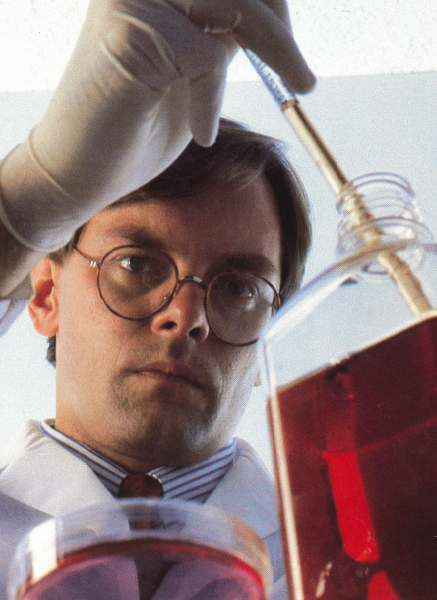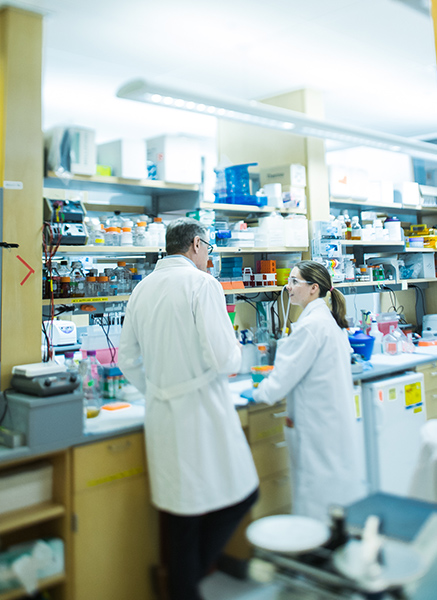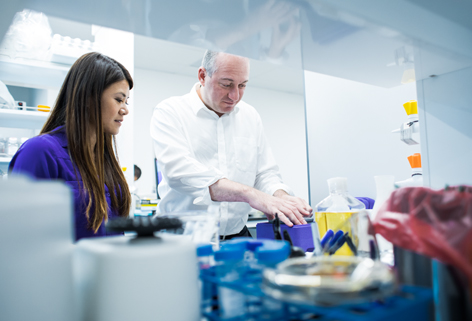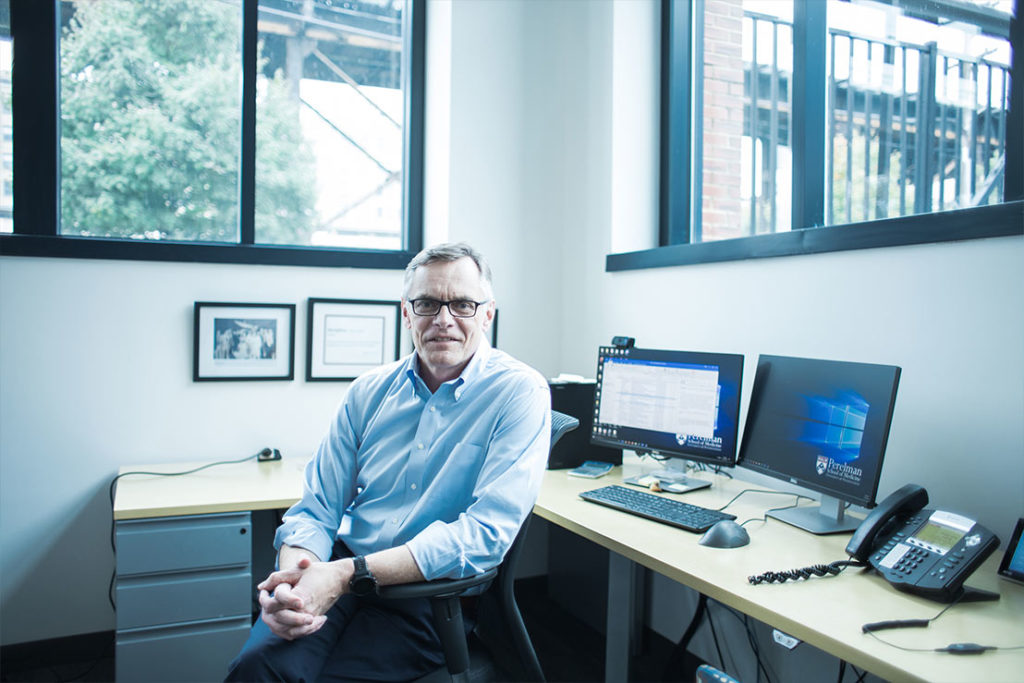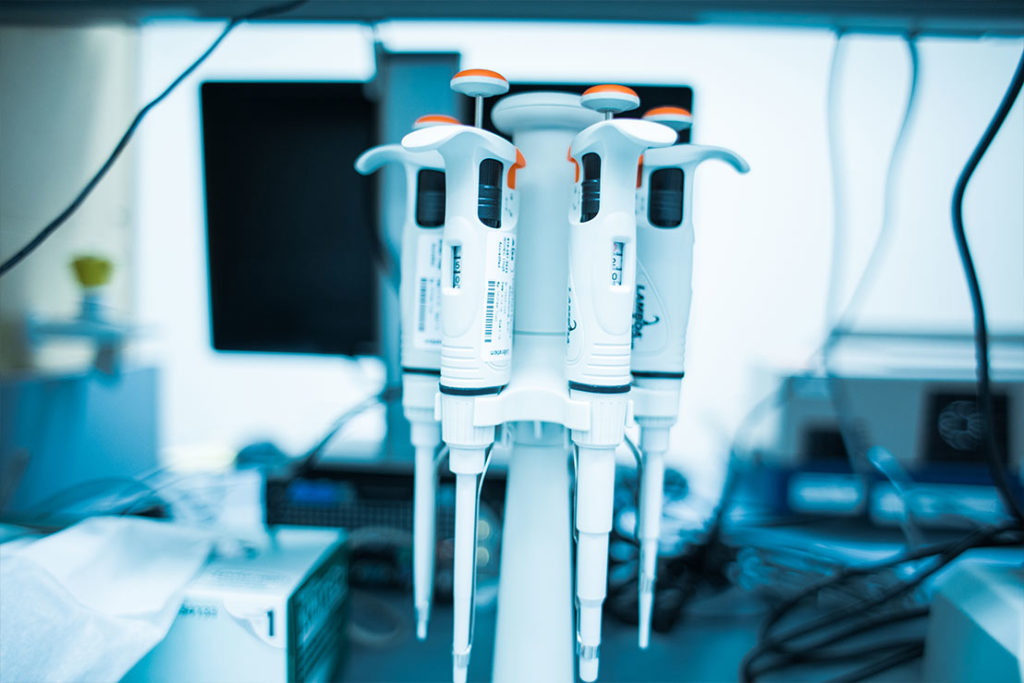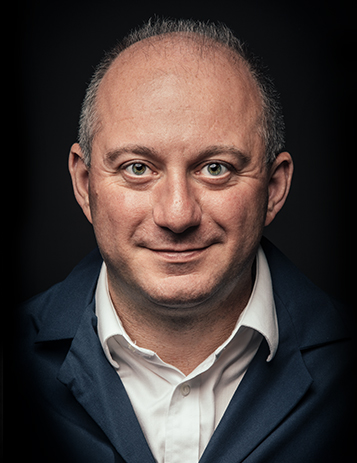
DR. JIM
WILSON
HIS LEGACY IS ONLY THE BEGINNING
DR. JIM WILSON HAS BEEN PIONEERING GENE THERAPY RESEARCH FOR DECADES, SETTING THE STAGE FOR MEDICINE’S NEXT REVOLUTION
Sometimes medicine’s most important work isn’t with patients. It’s with processes, spending hours in the lab to solidify the building blocks upon which scientific innovation can happen. For Dr. Jim Wilson, this tireless work has led to 35 years of innovation in gene therapy, paving the way for scientists around the world to develop therapeutics built on his family of gene transfer vectors.
1980
A DEFINING MOMENT
r. Wilson attends from the University of Michigan, where he decides to dedicate his life to rare disease treatment.
1984
A FOCUS ON GENE THERAPY
Dr. Wilson starts to focus on gene therapy in its early days.
1989
THE BREAKTHROUGH
Dr. Wilson and his team work with adeno-associated viruses (AAVs) as a new way to deliver gene therapy treatments.
1999
AN EARLY CHALLENGE
Setbacks in some of the first clinical trials cause gene therapy – and its financial support – to fall out of favor.
2000
RESILIENCE & REDIRECTION
Dr. Jim Wilson and his team redirect efforts to focus on foundations of gene therapy, pursuing a new family of AAVs.
2009
THE FUTURE OF CARE
Gene therapy finds a rebirth using Dr. Wilson’s vectors in multiple clinical programs.
2018
ONLY THE BEGINNING
Dr. Wilson’s vectors are used in more than 60 different clinical programs and trials worldwide.
“This has been a journey of mine for over three decades, but it’s only the beginning of a revolution.”
DR. JIM WILSON
A COMMON MISSION FOR RARE DISEASES
Specific orphan diseases, or rare diseases, individually affect small handfuls of the general population. But taken together, they impact more than 350 million worldwide. Most stem from a missing or mutated gene, which Dr. Jim Wilson has spent his career trying to replace.
“Gene therapy is really the ultimate treatment for patients that have disease due to single gene defects,” Dr. Wilson says. The theory behind the treatment is to replace a missing or mutated gene with a cloned one that works, healing the patient from the root of the problem.
And this was just a theory, in the early days of Dr. Wilson’s career. Until a special patient inspired him to dig deeper.
“In my research I studied the basis for Lesch-Nyhan syndrome, and there was one young man who I got to know very well.”
Dr. Wilson spent hours identifying the specific gene mutation that caused his disease. But he quickly realized that this academic exercise would not actually impact people’s lives.
“From that moment, I really tried to develop a concept around how to not only treat him, but treat others like him,” says Dr. Wilson. This concept involved delivering genes through an unusual method.
“Basically, what I’ve been trying to do for three decades is to engineer viruses that don’t cause disease, but instead effectively seek out cells to deliver a therapeutic payload.”
PLANTING THE SEED THAT SPARKED A REVOLUTION
These viruses are called AAVs, or adeno-associated viruses. And they haven’t always been popular. Rapid gene therapy development in the late 1990s led to an eventual crash in the field, resulting in less support and even less funding for gene therapy projects. But that didn’t stop Dr. Wilson from pursuing his life’s work.
“Gene therapy was a bad word,” he says. “But the way I operate is sort of, ‘don’t look back.’ So when I saw that, I knew we had to move forward. We had to work harder, and that’s what we did.”
Dr. Wilson and his team went back to the bench, refocusing their efforts on AAV vector research to build a safe, solid foundation for the future of gene therapy. While support had fallen out from under the field, their work progressed in the background, eventually uncovering a new family of AAVs that delivered gene replacement therapies better than ever before.
When this discovery was made, Dr. Wilson spread the word, sharing his insights and data with anyone who would listen. And it paid off.
“Right now, there are 26 companies that are using vectors related to our technology involving almost 60 different programs.”
This breakthrough spawned a rebirth in gene therapy, leading to more research and potentially life-saving cures on the immediate horizon.
“I hope that people remember me as Johnny Appleseed,” says Dr. Wilson. “I’m the guy that planted the seed with technology and science.”





